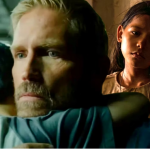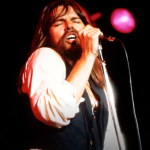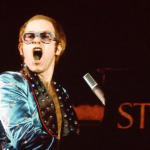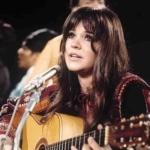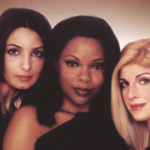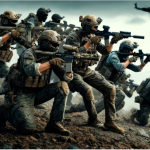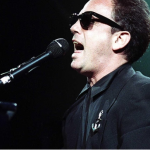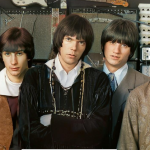“The War Song” – Culture Club
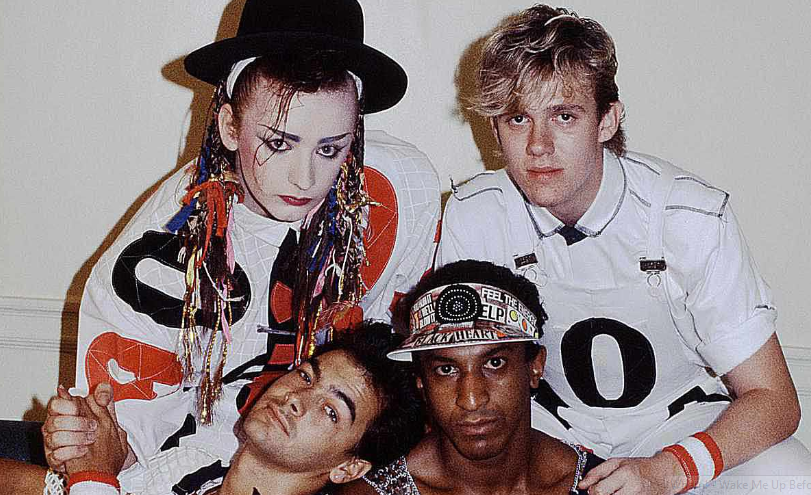
Released in 1984, “The War Song” by Culture Club stands as a bold and provocative statement against the futility and devastation of war. At a time when the world was still reeling from the Cold War tensions, Culture Club, led by the flamboyant and charismatic Boy George, delivered a pop anthem that juxtaposed catchy, upbeat music with a stark anti-war message. The song’s refrain, “War is stupid, and people are stupid,” became a memorable, if controversial, catchphrase that encapsulated the band’s straightforward critique of conflict.
Musically, “The War Song” is a fusion of the new wave and pop styles that Culture Club was known for, with a strong emphasis on rhythm and melody. The song opens with a pulsing beat and synthesizer lines that create a sense of urgency. The rhythm is infectious, driven by a steady drum pattern and accentuated by brass instrumentation, which adds a layer of grandeur to the track. This upbeat, almost celebratory sound contrasts sharply with the serious subject matter, creating a tension that draws listeners in.

Boy George’s vocal delivery in “The War Song” is both impassioned and theatrical. His voice, known for its distinctive tone and emotional depth, conveys a sense of both frustration and hope. In the verses, Boy George sings with a sense of earnestness, addressing the senselessness of war and the unnecessary suffering it causes. The chorus, with its repetitive and blunt message, is delivered with a mix of irony and sincerity, making it clear that the band is challenging the listener to think critically about the nature of conflict.

Lyrically, “The War Song” is direct and unapologetic in its anti-war stance. The chorus, “War is stupid, and people are stupid,” may seem simplistic, but it captures the band’s belief that war is an irrational and destructive force driven by human folly. The lyrics call out the absurdity of conflict and the needless pain it brings, highlighting how wars are often started and perpetuated by those in power, while ordinary people suffer the consequences. The verses further emphasize the theme of unity and the need to reject hatred and violence, urging listeners to choose love and peace over division and war.
The music video for “The War Song” complements the song’s message with its bold and visually striking imagery. The video features Boy George and the band dressed in colorful, theatrical costumes, surrounded by children and symbolic representations of war and peace. The contrast between the bright, almost playful aesthetic and the serious subject matter serves to underscore the song’s message that war is a destructive force that should be opposed by all. The video’s imagery, including scenes of children holding hands and playing, reinforces the idea that peace and love should be the guiding principles of society.
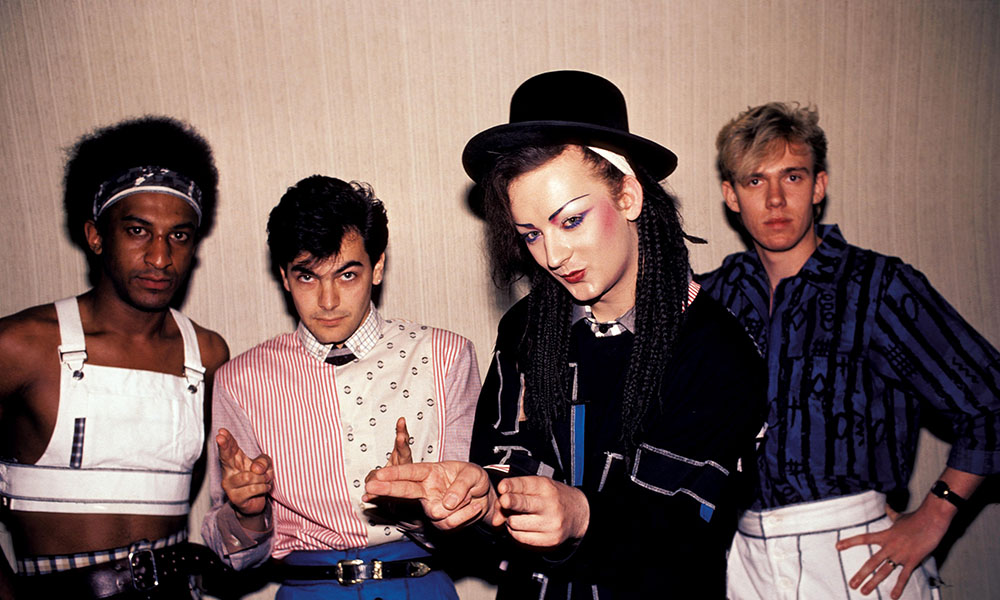
“The War Song” was met with mixed reactions upon its release. While it became a hit in several countries, reaching the top 10 in the UK and other European nations, it also faced criticism for its blunt lyrics and the perceived oversimplification of complex issues. Some critics argued that the song’s message was too simplistic, while others praised it for its boldness and willingness to address a serious topic in a pop format. Despite the divided opinions, “The War Song” succeeded in sparking conversations about the role of pop music in addressing social and political issues.
The song’s impact lies not only in its commercial success but also in its contribution to the broader cultural conversation about war and peace. In an era marked by political tensions and the threat of nuclear conflict, “The War Song” offered a straightforward yet powerful critique of war, delivered in a way that was accessible to a wide audience. Its memorable chorus and catchy melody ensured that its message would be heard and remembered, even by those who might not have otherwise engaged with anti-war sentiments.

In conclusion, “The War Song” by Culture Club is a significant piece of 1980s pop music that uses its catchy and upbeat sound to deliver a serious and timely message about the senselessness of war. Through its memorable lyrics and bold imagery, the song challenges listeners to think critically about the nature of conflict and the importance of choosing love and peace over hatred and violence. While it may have been met with mixed reactions at the time, the song’s enduring message continues to resonate in a world where the consequences of war are still all too real.
